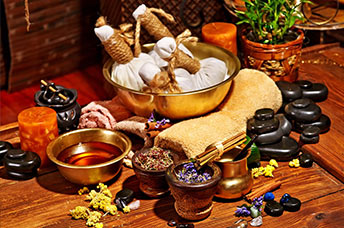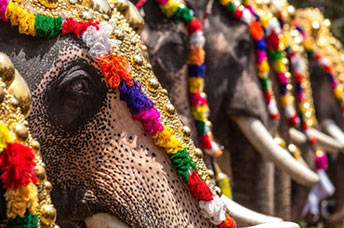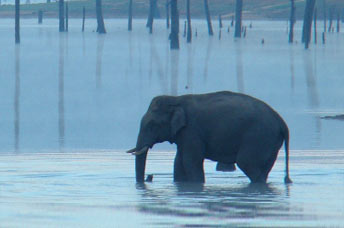Variously known as Chennai or Madras, the city is an energetic and restless one, peopled predominantly by proud and ancient Tamil Dravidians and defined by its high intellectual pedigree and traditional culture. With the eventual victory of the British colonialists, the Madras Presidency was established as a hub of their power in the south. After India wrested her independence from the British in 1947, Chennai continued as the capital of the new state of Tamil Nadu – the land of the Tamils.
Chennai is an eclectic city. Temples, churches and mosques abound – evidence of the steady influx of foreign traders, missionaries and conquerors over the centuries. It is the final resting place of St Thomas, one of Jesus’ twelve apostles and it is also home to the ancient clans of Vedic Brahmins and pre-Vedic cultures. Madras welcomes the world to the ancient traditions of the Siddhas and to the renowned temple dance, Bharatanatyam…and yet walks with ease into modern theatre and ballet performances. It is a city where the chatter of expatiates fills the air with all the languages of the world…and it is a place where people gather to learn the ancient tongue of Sanskrit. It is a city where some of the most brilliant software engineers and scientists and mathematicians on the planet live and work…and it is home to outstanding artistic talent across all genres. A city where music is honoured as reverently as science is.
The days are hot in this tropical coastal city, so it wakes briskly into life at dawn, with none of the yawning laziness of more convivial climates, eager to begin work and retain its reputation as the most hardworking city south of the Vindhyas. And when the day is done and dusk blows in on cool, salty winds from the Bay of Bengal, industrious Chennai withdraws from offices, conferences, factories and industries. The crowds surge past long stretches of beach and shops, sometimes stopping at cafes to sip an invigorating cup of deliciously fragrant, frothy Madras coffee. There is much jostling with boisterous cheerfulness and exchanges of lively, amicable banter over a plate of soft, steaming rice dumplings and coconut laden, soupy lentils – the unforgettable and ubiquitous idli and sambar.
Everyone in Madras has an opinion – preferably political – from the neighbourhood milkman to the Frenchman who never left after he arrived “for a month” 20 years ago…to the ubiquitous garrulous paanwala, who pontificates even as he stuffs your dark shiny green leaf with betel nut and slashes it with lime….to the manic autorickshaw driver who narrowly avoids death every few minutes but never halts his steady stream of point and opinion…to the fiercely independent, witty and acid tongued paati, the Iyengar grandmother, seven diamonds glittering in each ear, who reads three newspapers and four journals everyday…to the Englishman who knows more about curry than you do, because his great grandfather who lived in Madras during the Raj, took its spicy secrets back home to his enthusiastic family.. To the distinguished looking lady who looks like a professor in mathematics but is really a very smart housewife who helps her college going child with her physics assignments. And to the retired IAS officer who has the inside secrets of a complex and dark administrative system, overseen by bullying predatory politicians.
Then Chennai turns home to the golden light of lamps lit altars and the evening prayers….home to the soothing, uplifting music of the Carnatic raga….home to the perfume of the famed delicate white jasmine, woven into the beautiful hair of her bronze toned women.


















